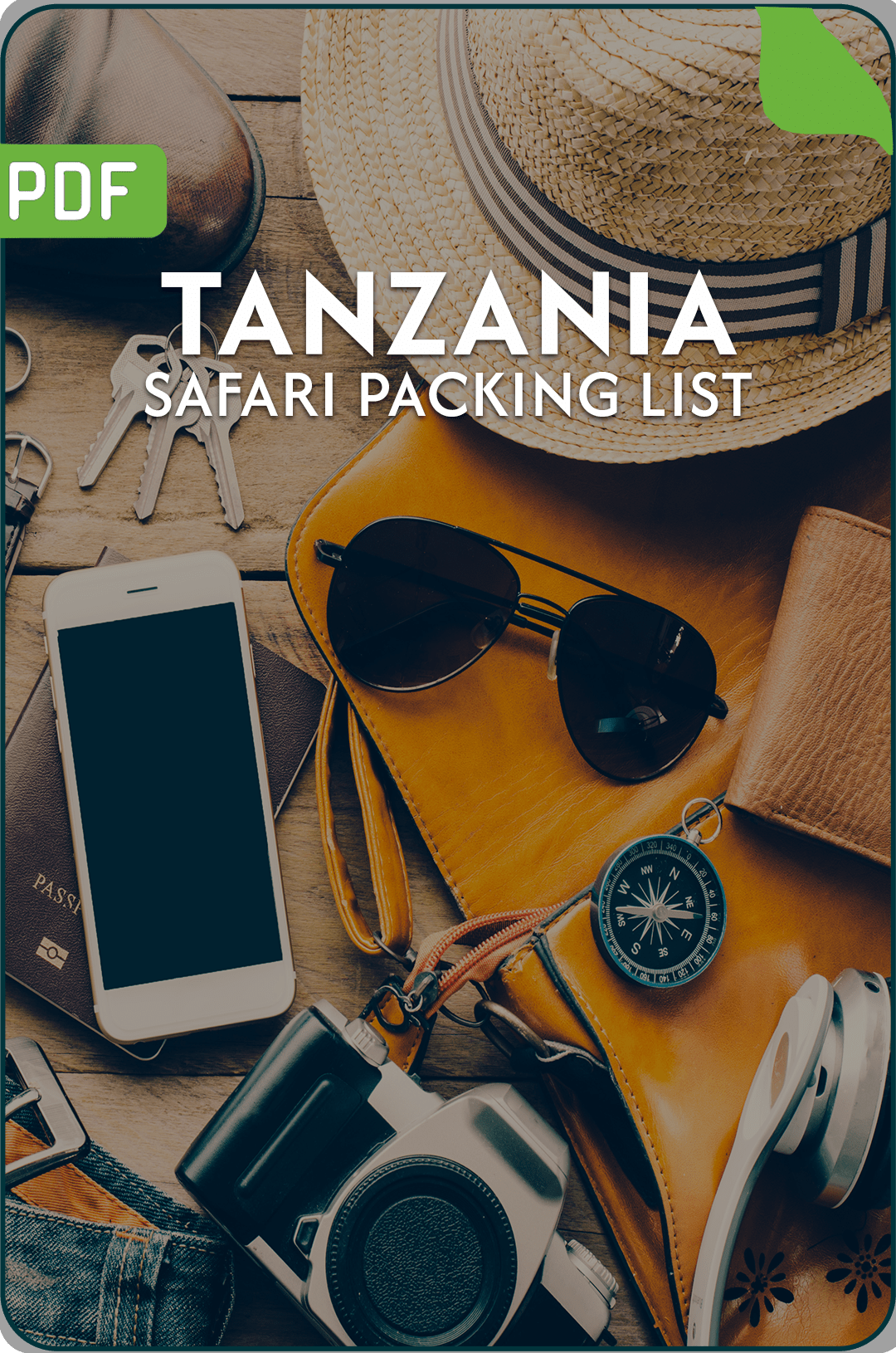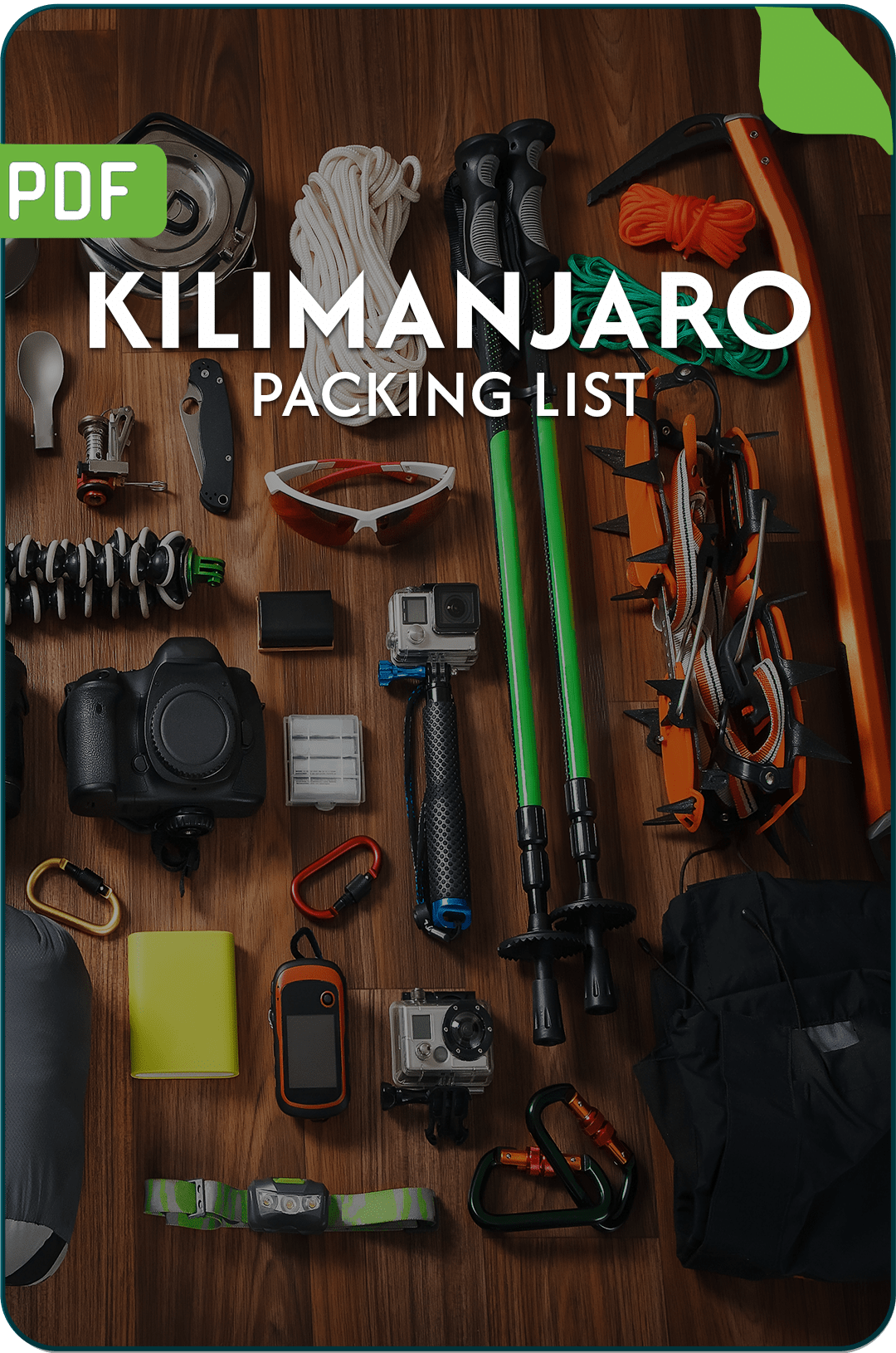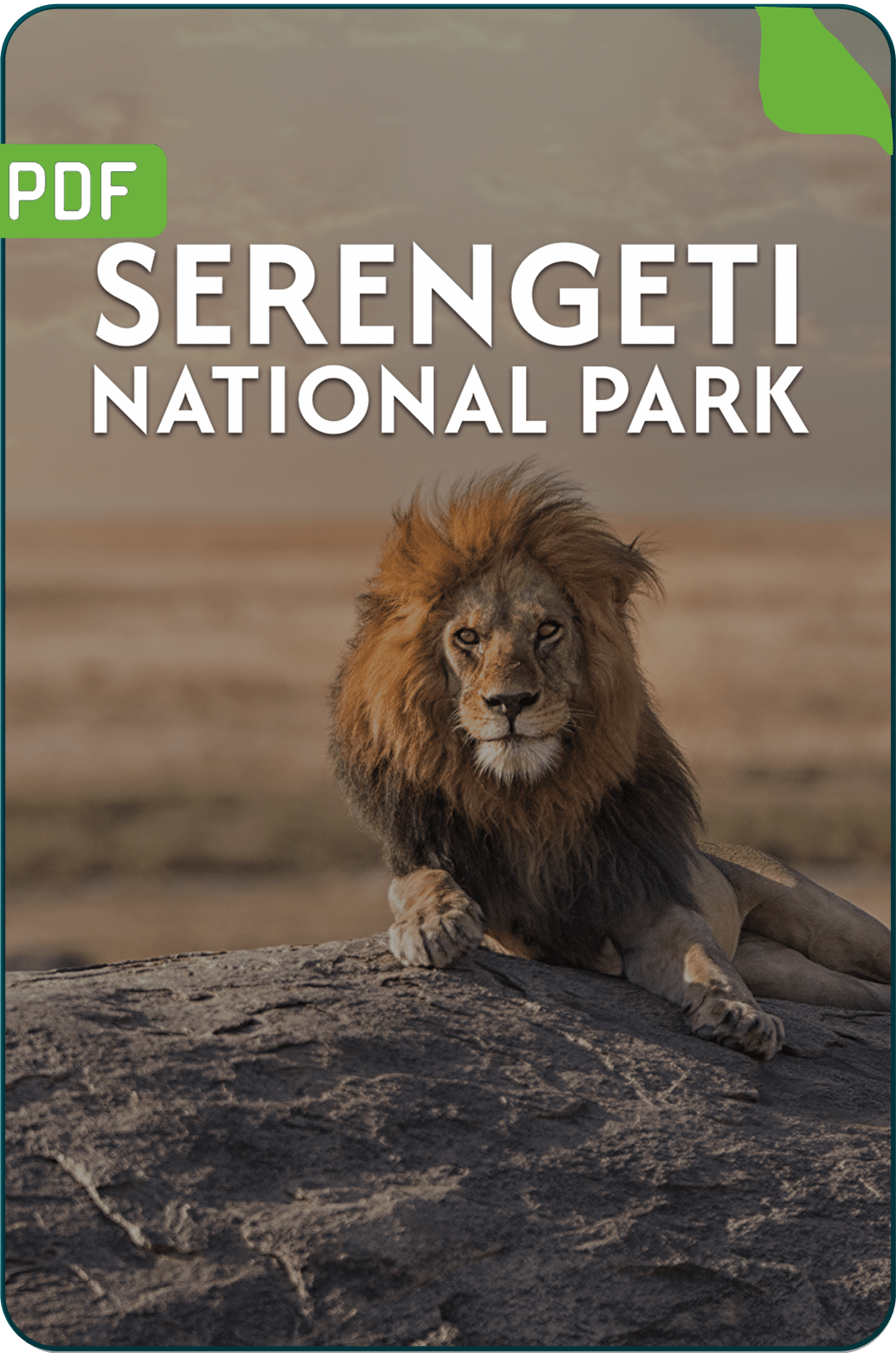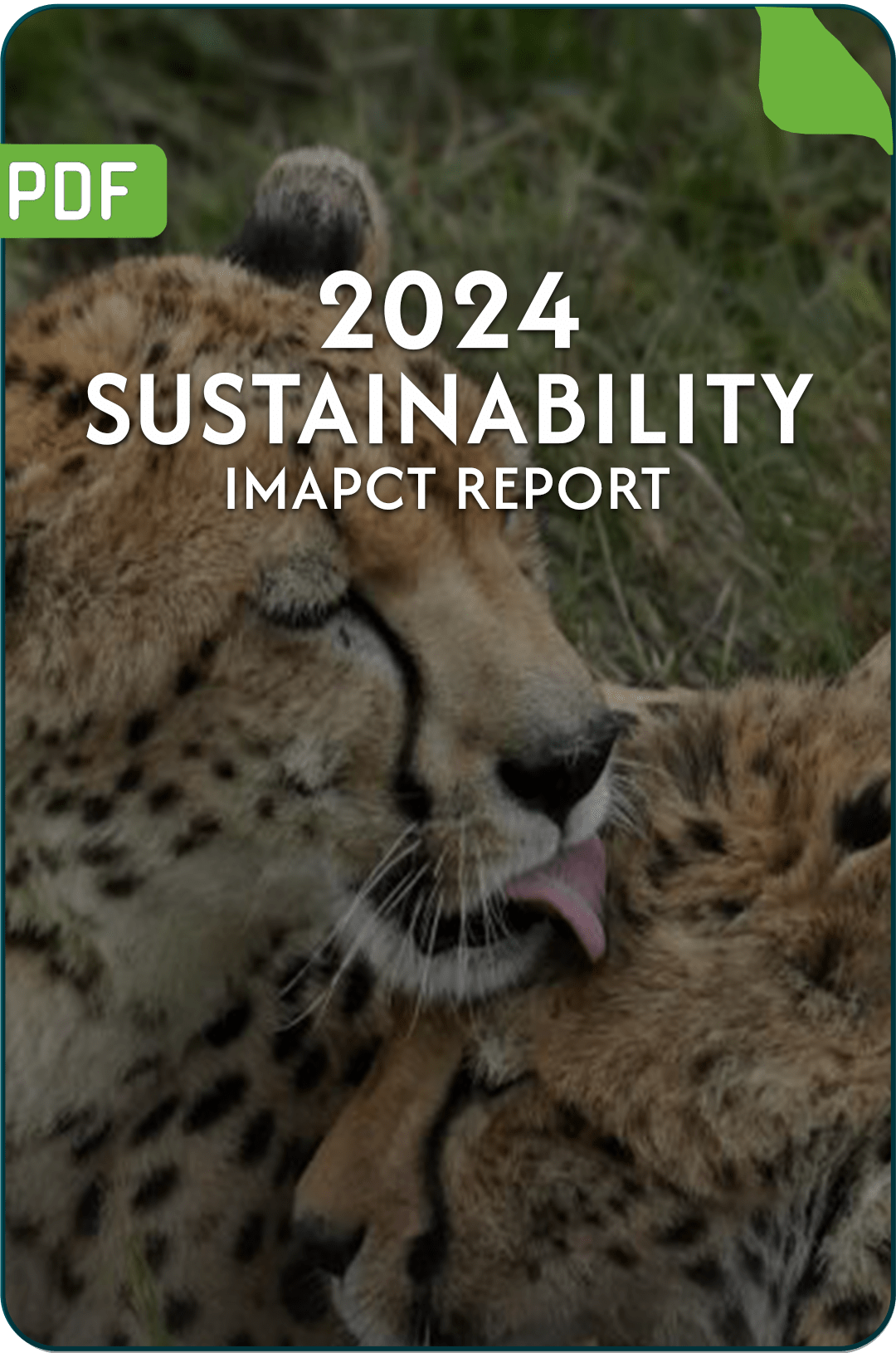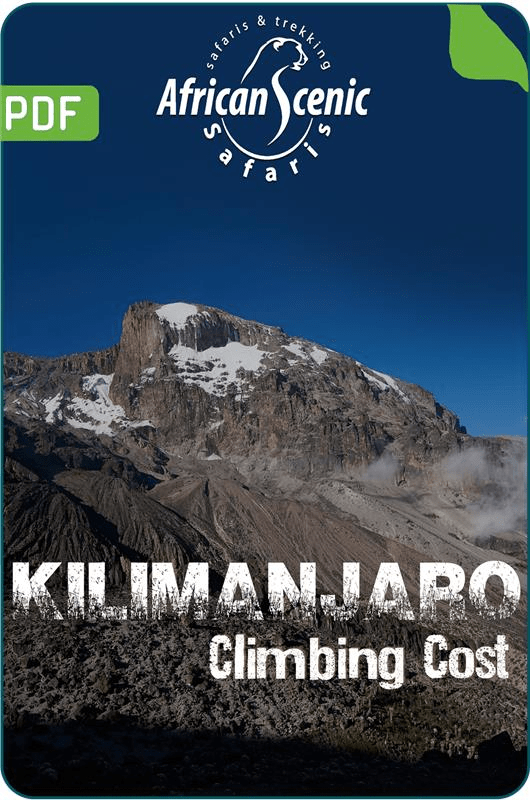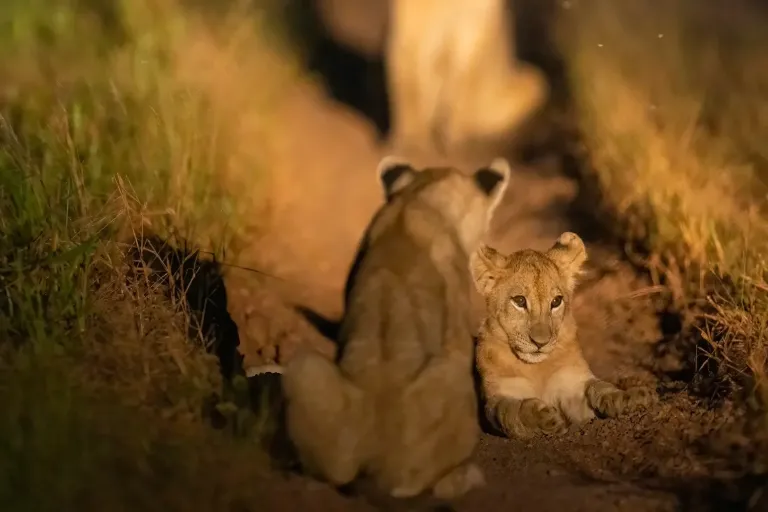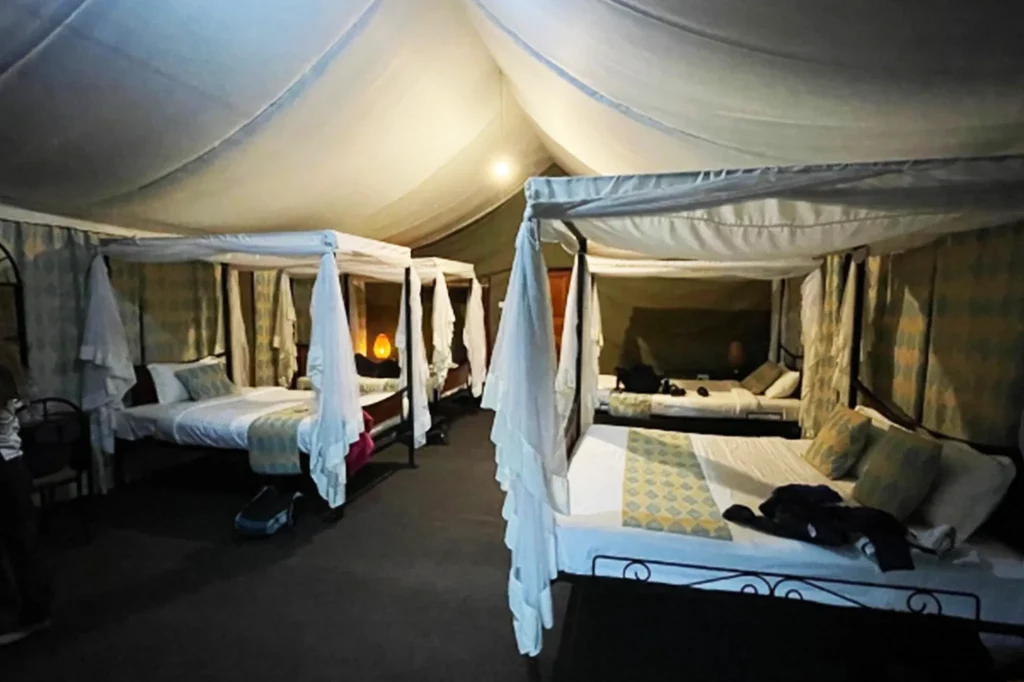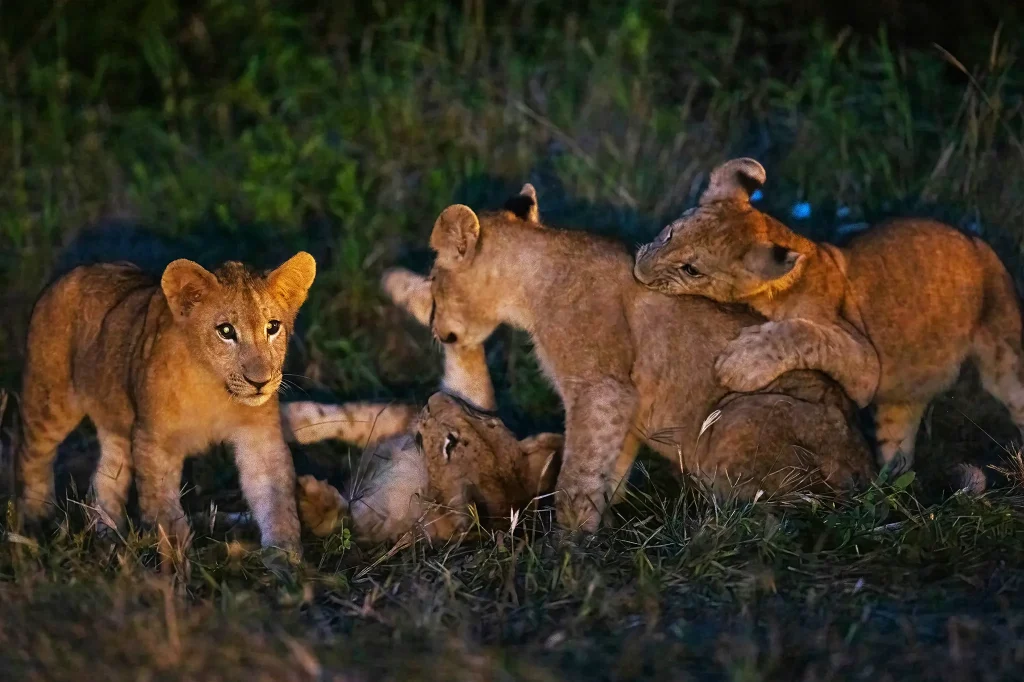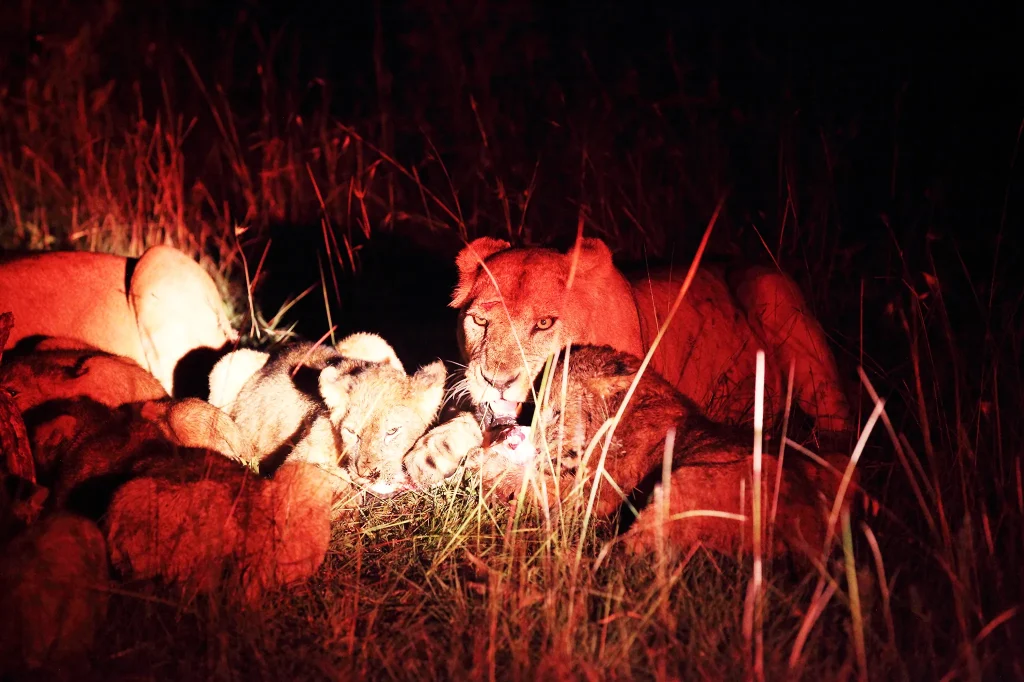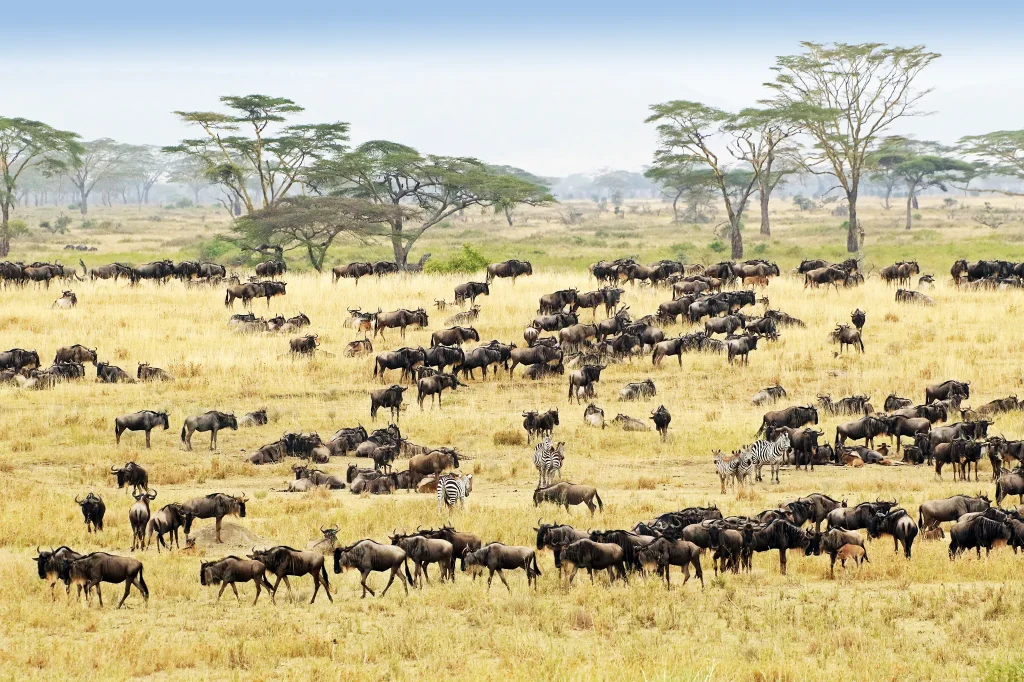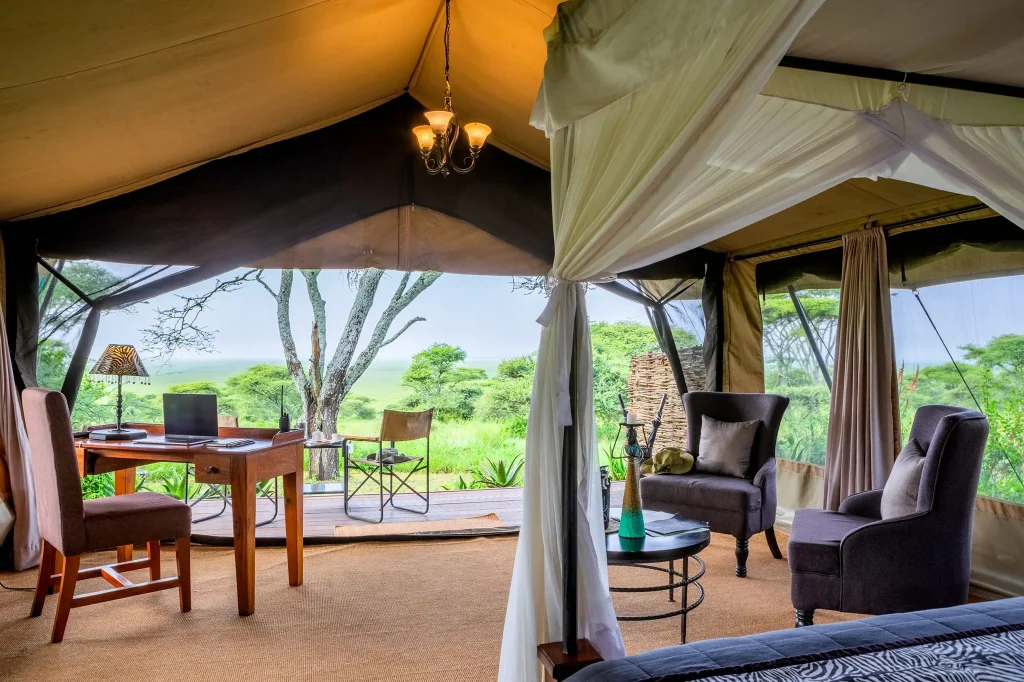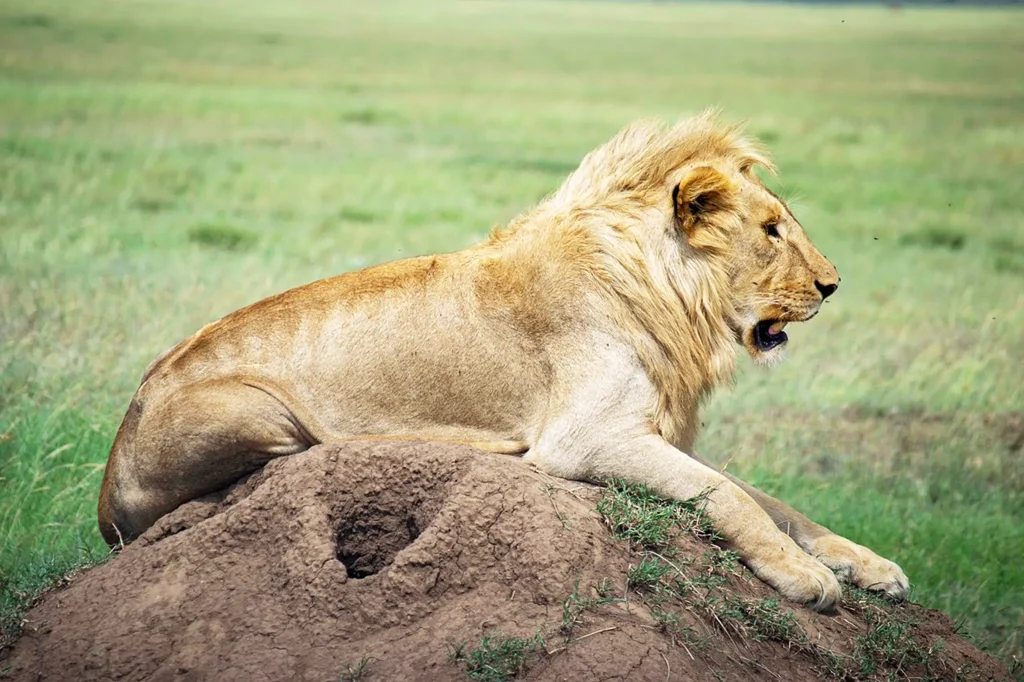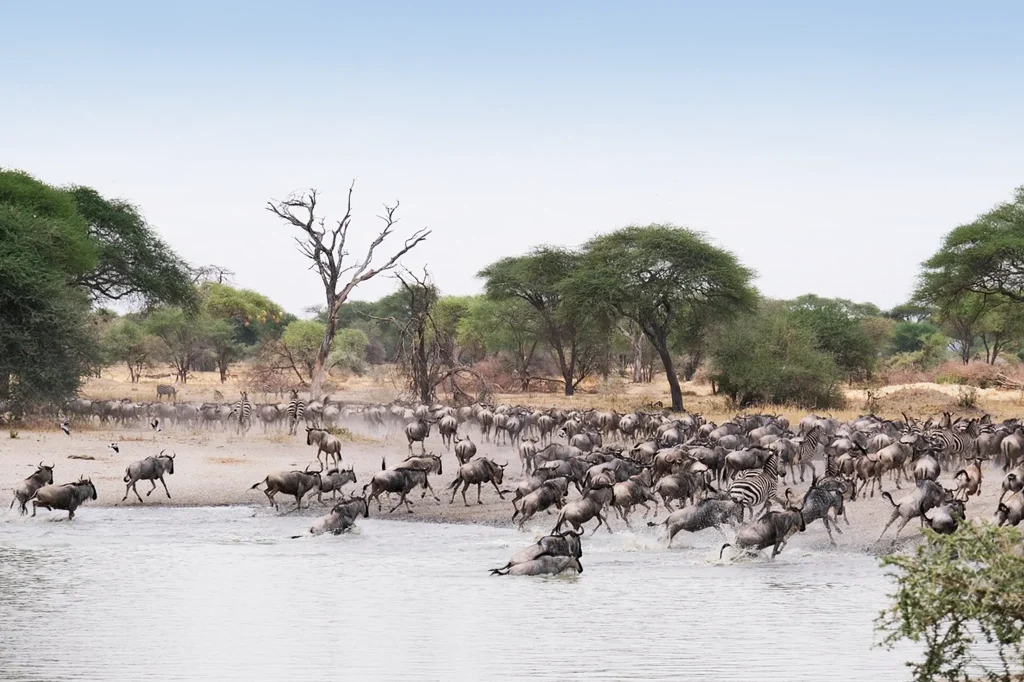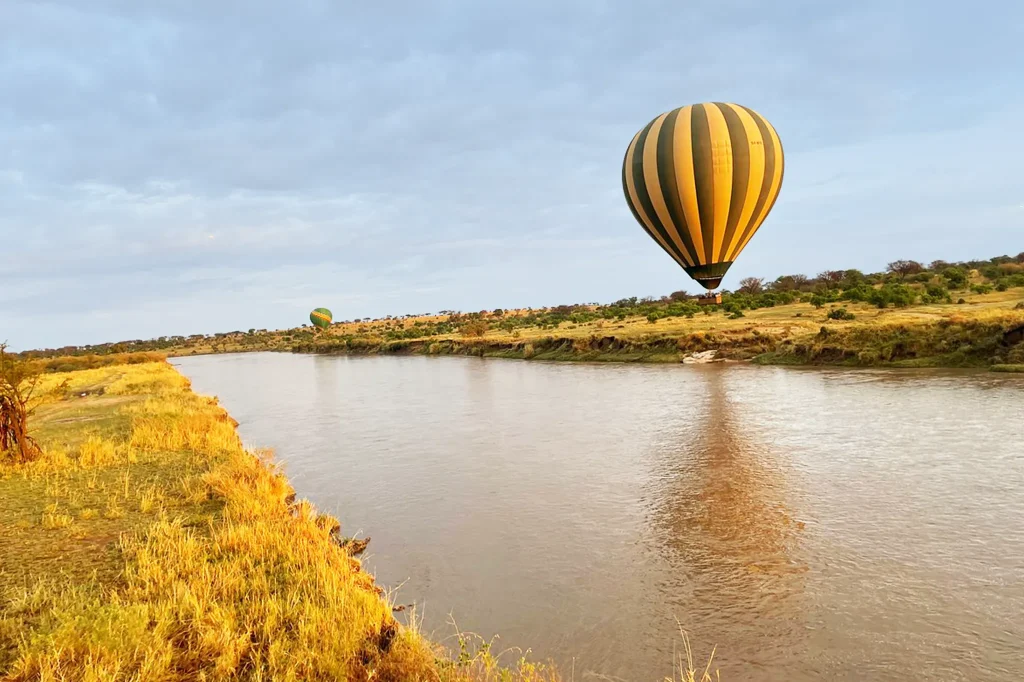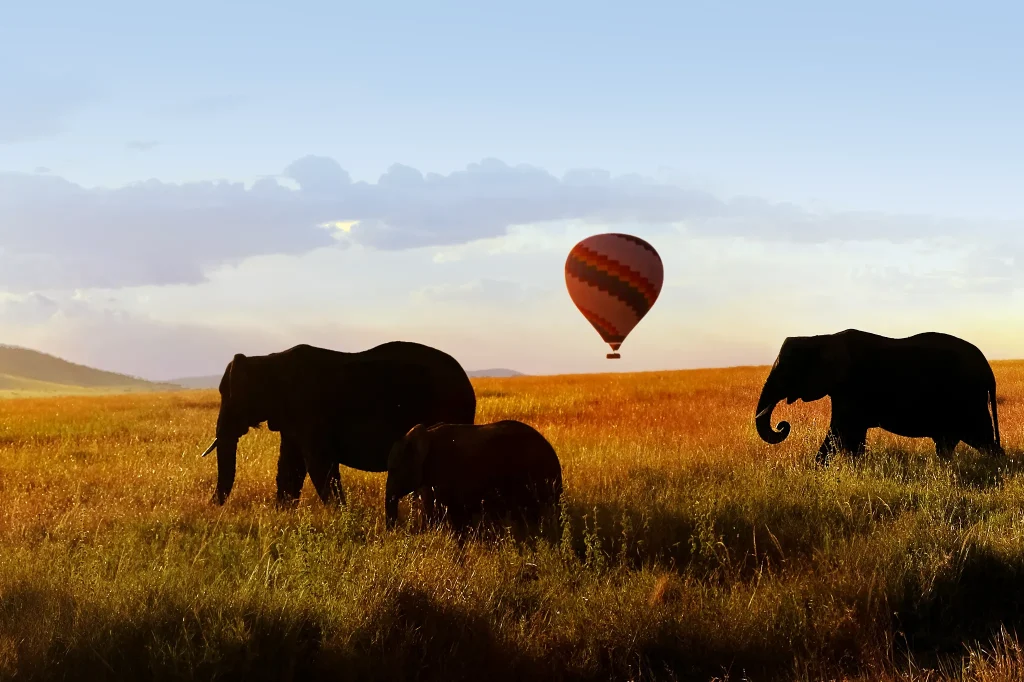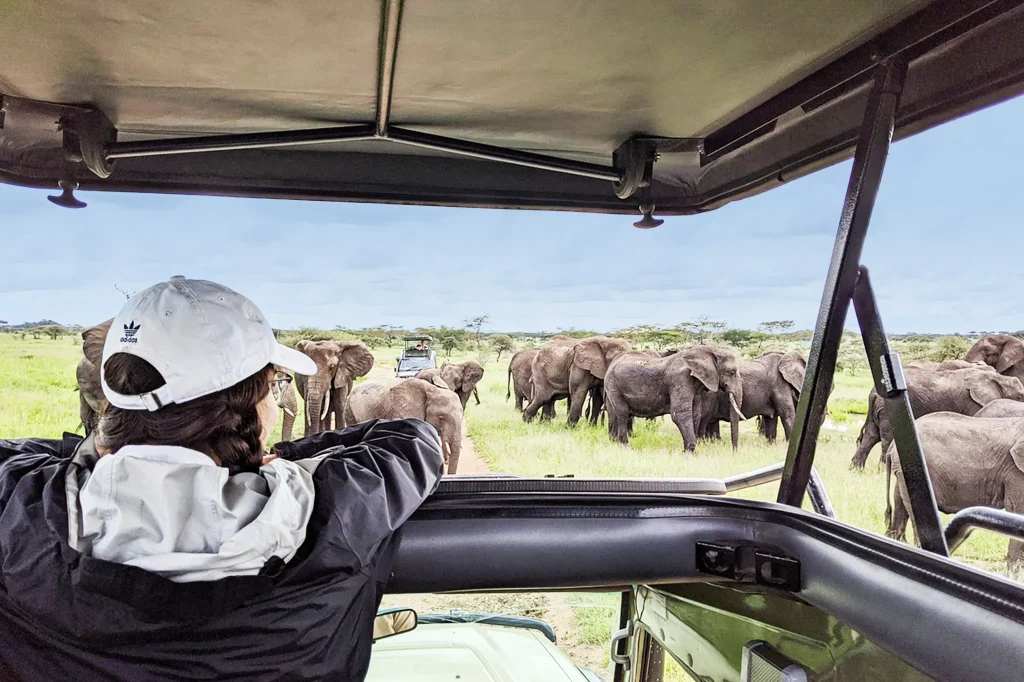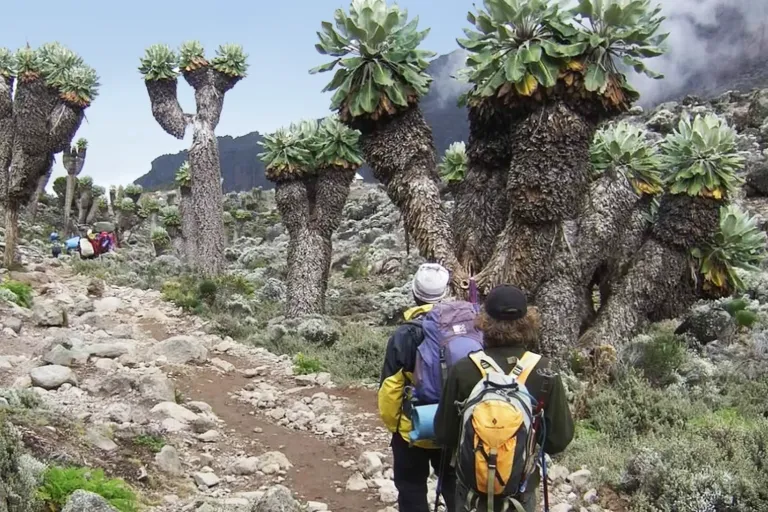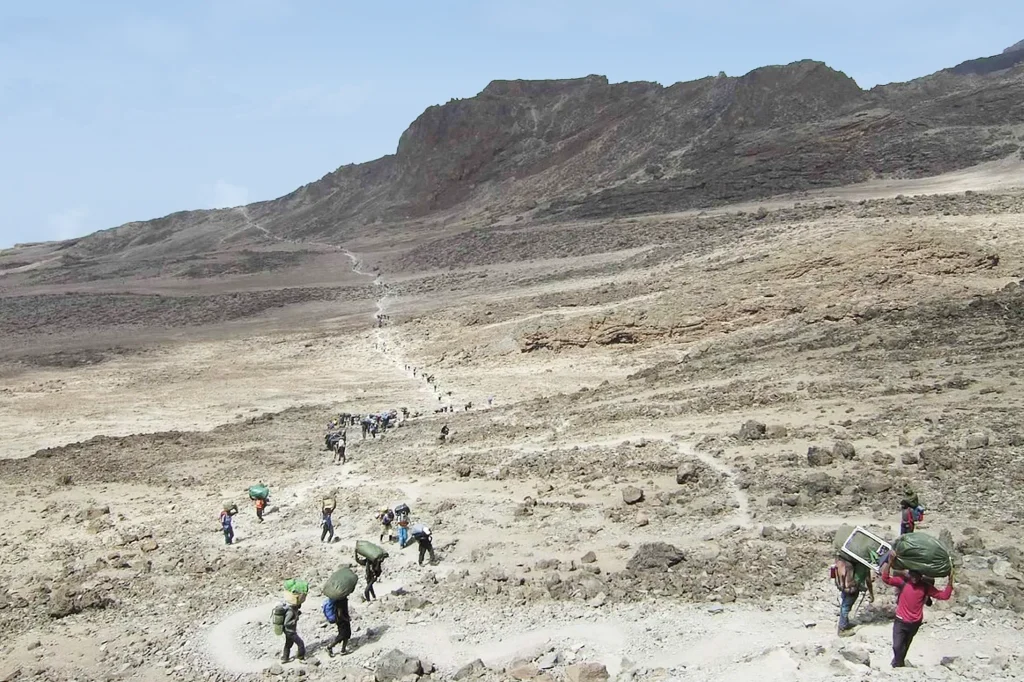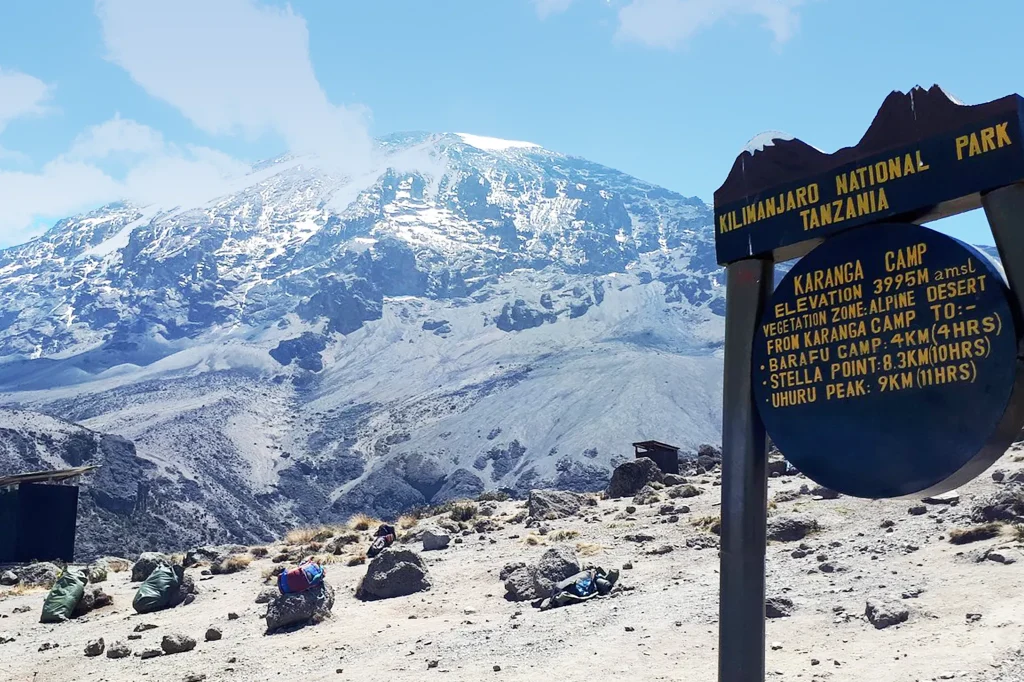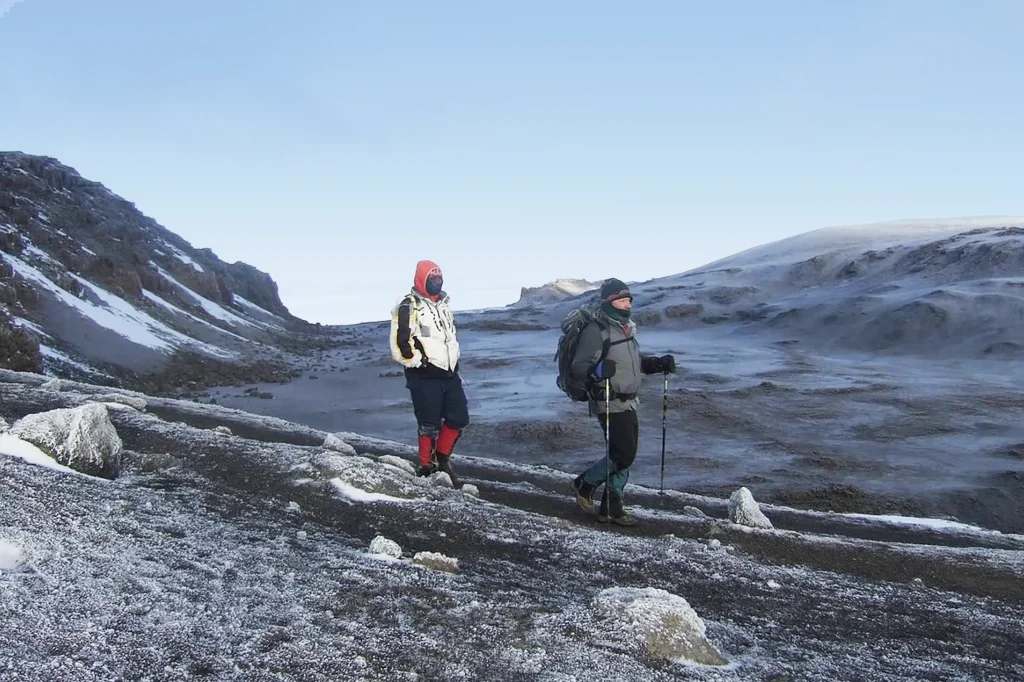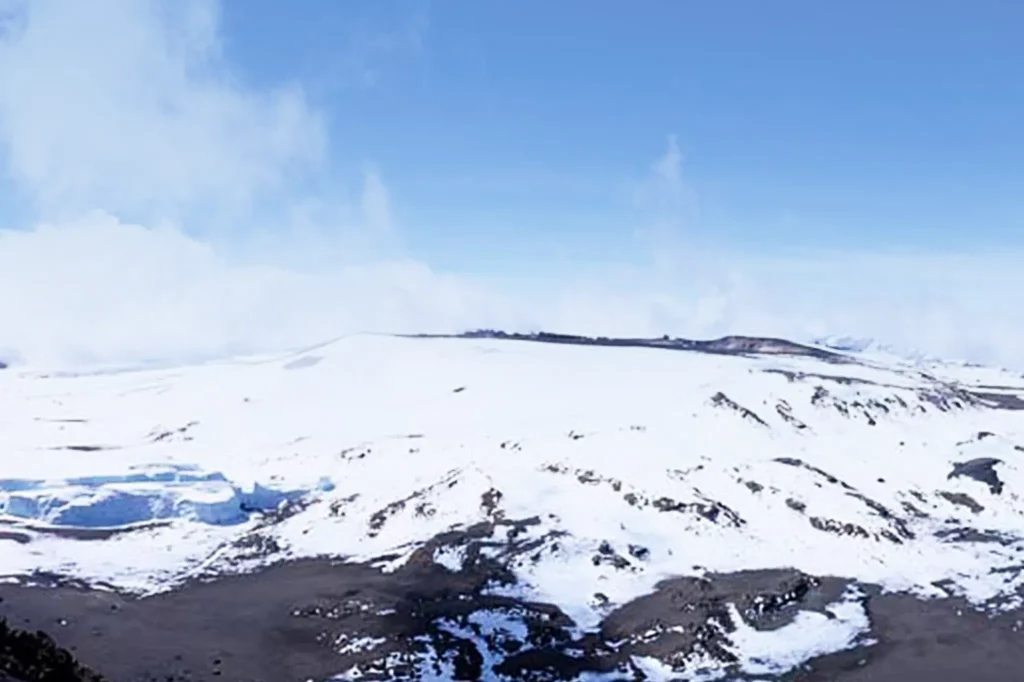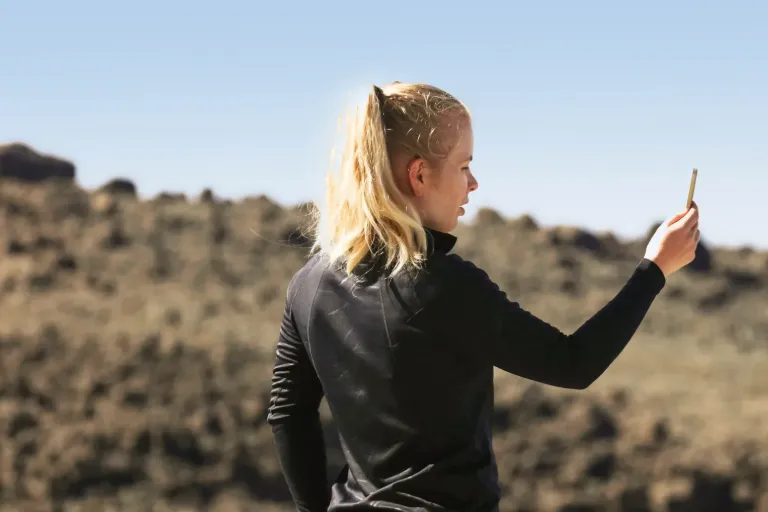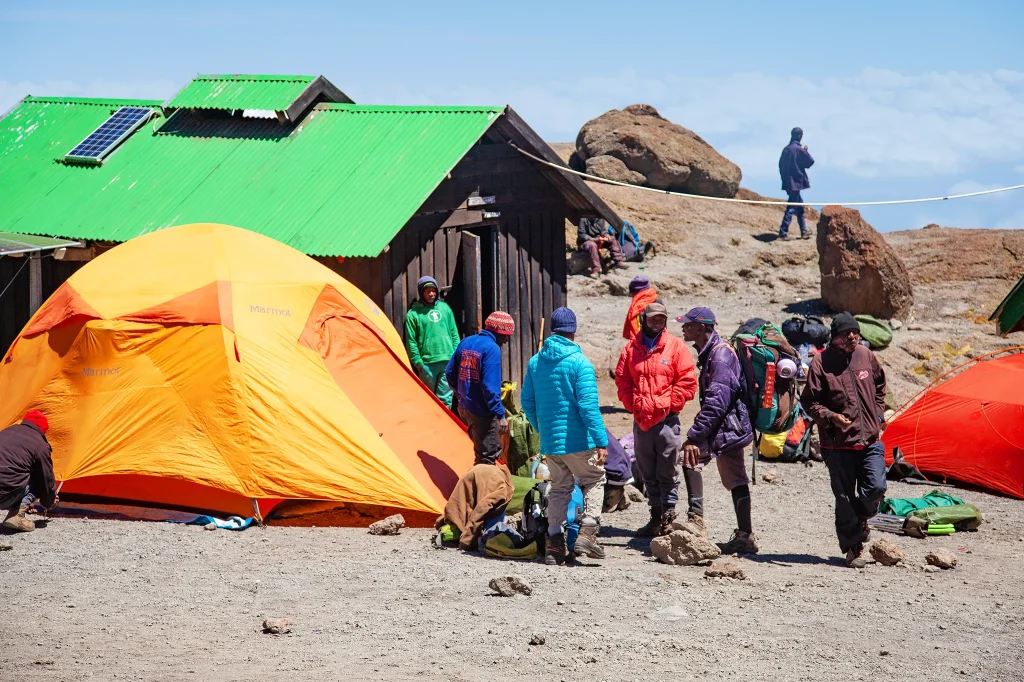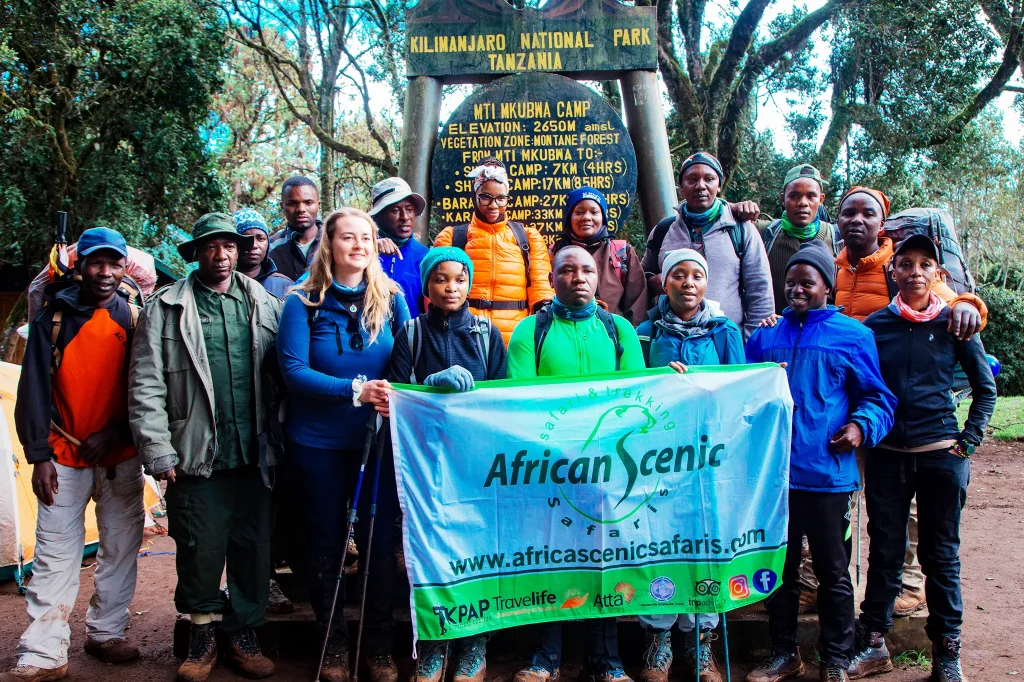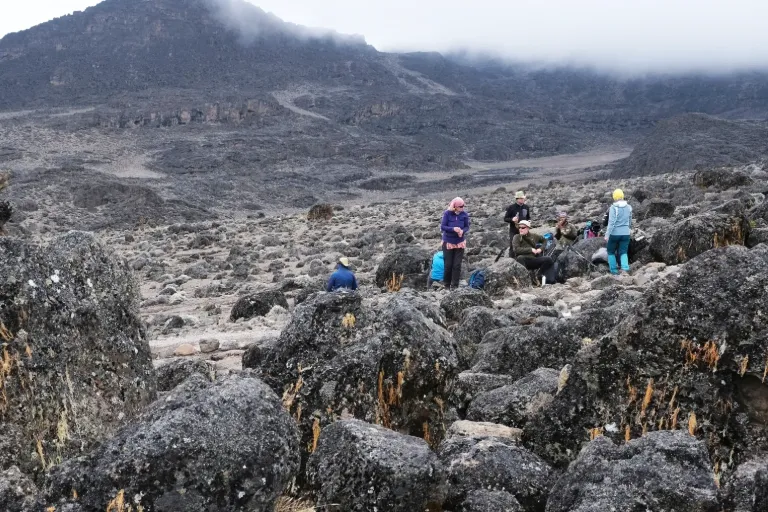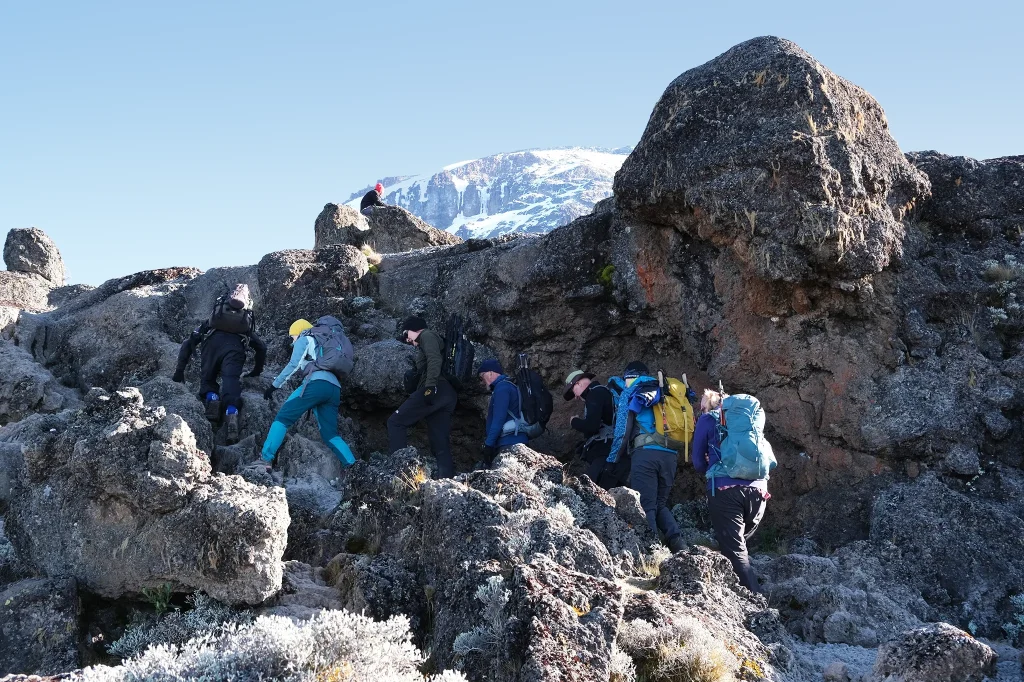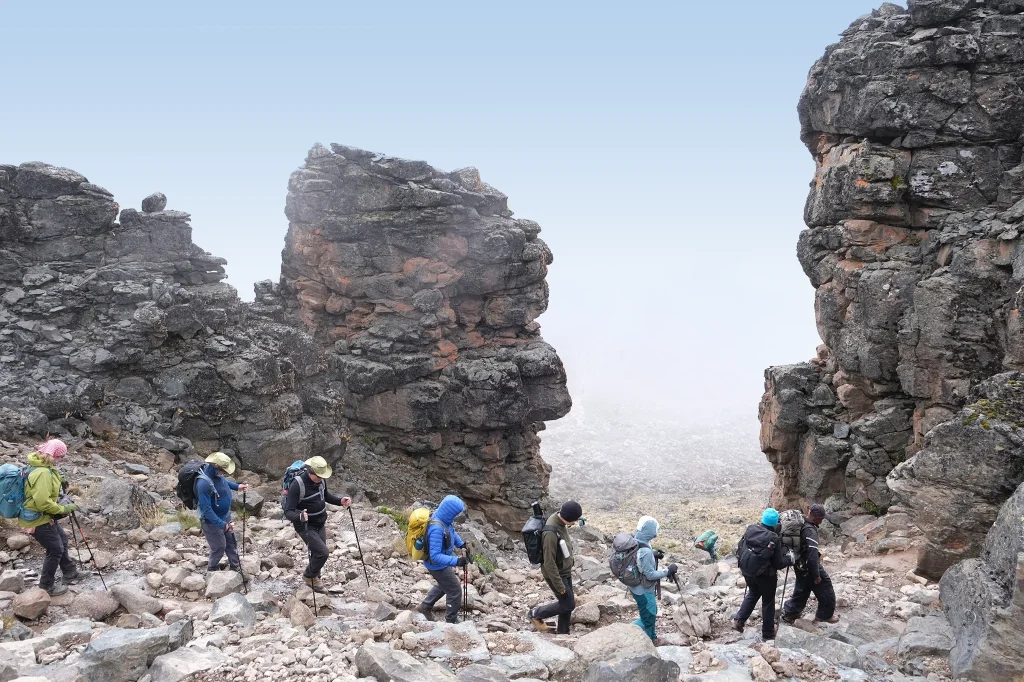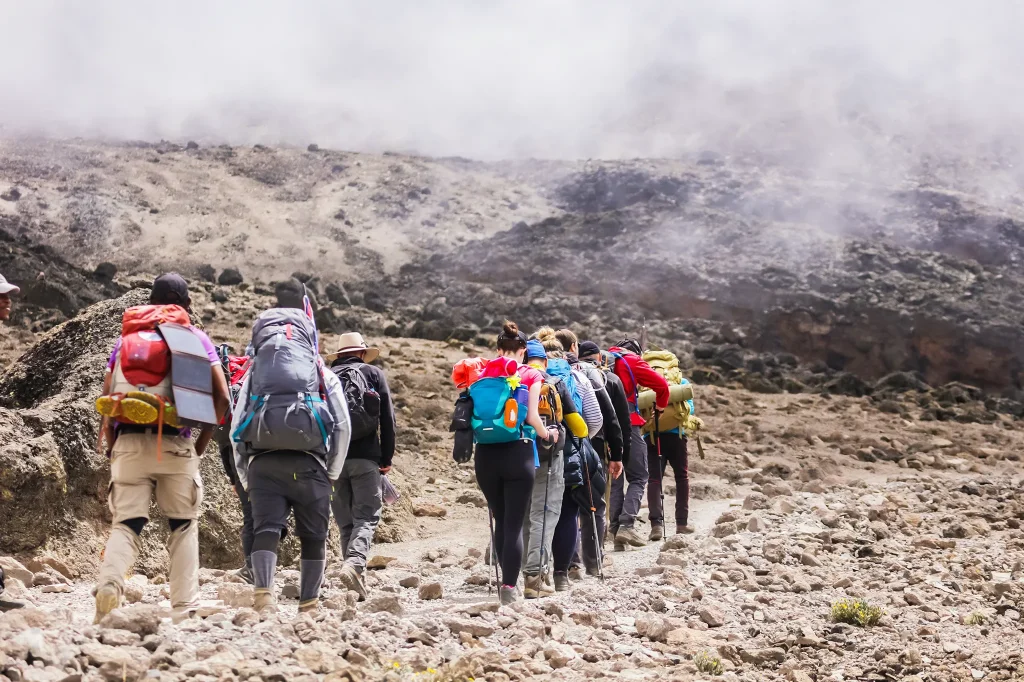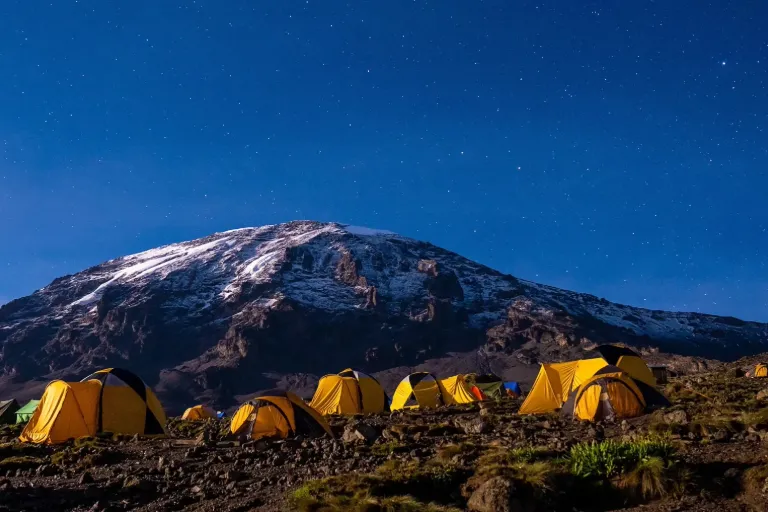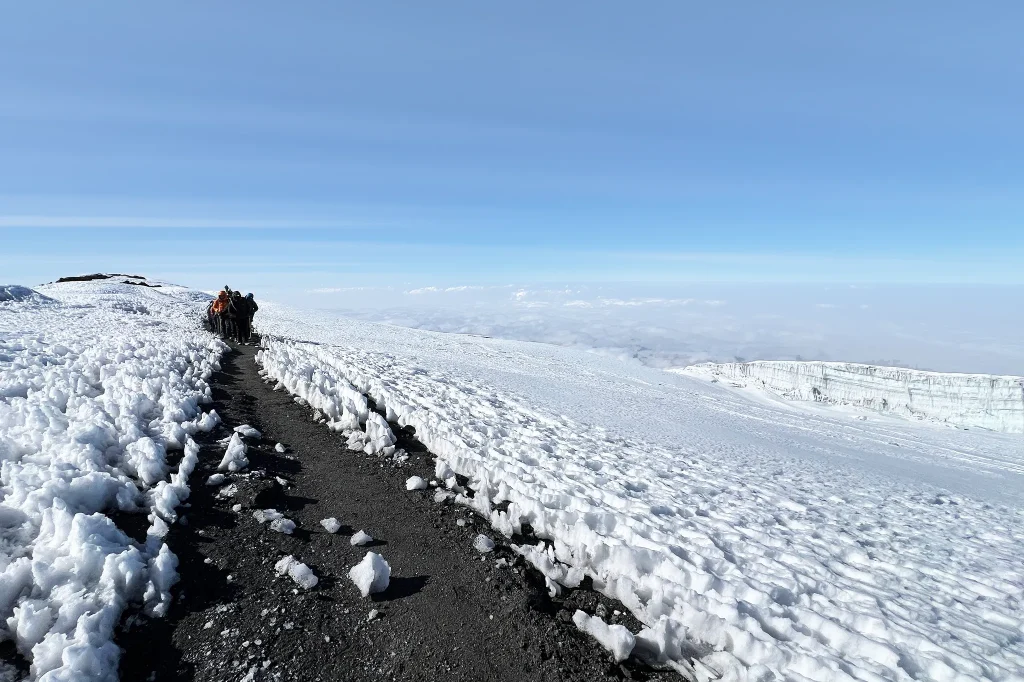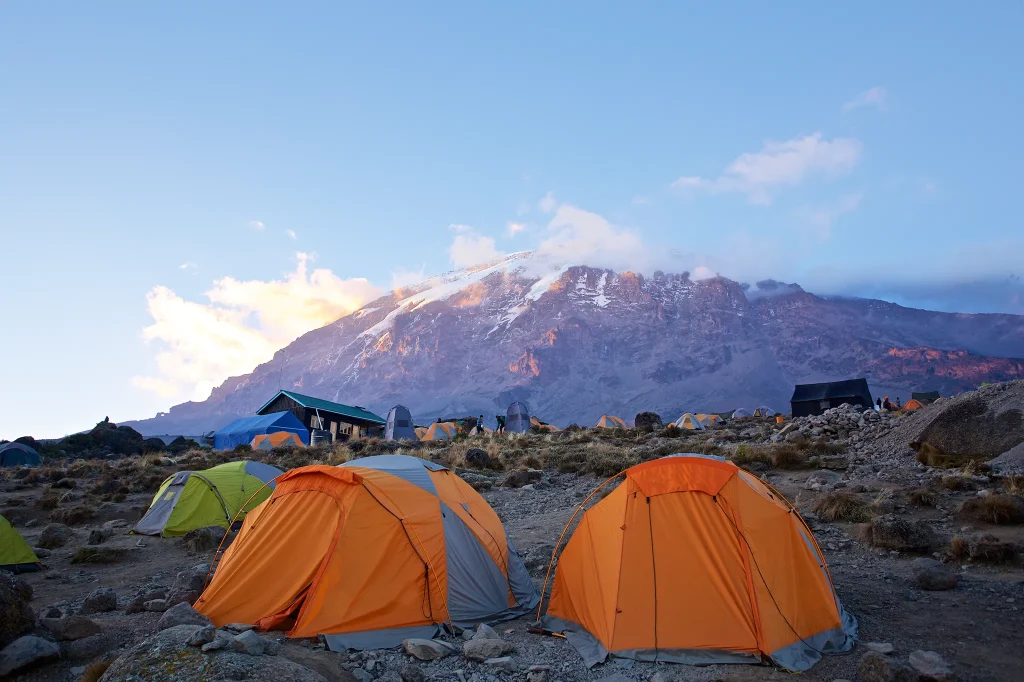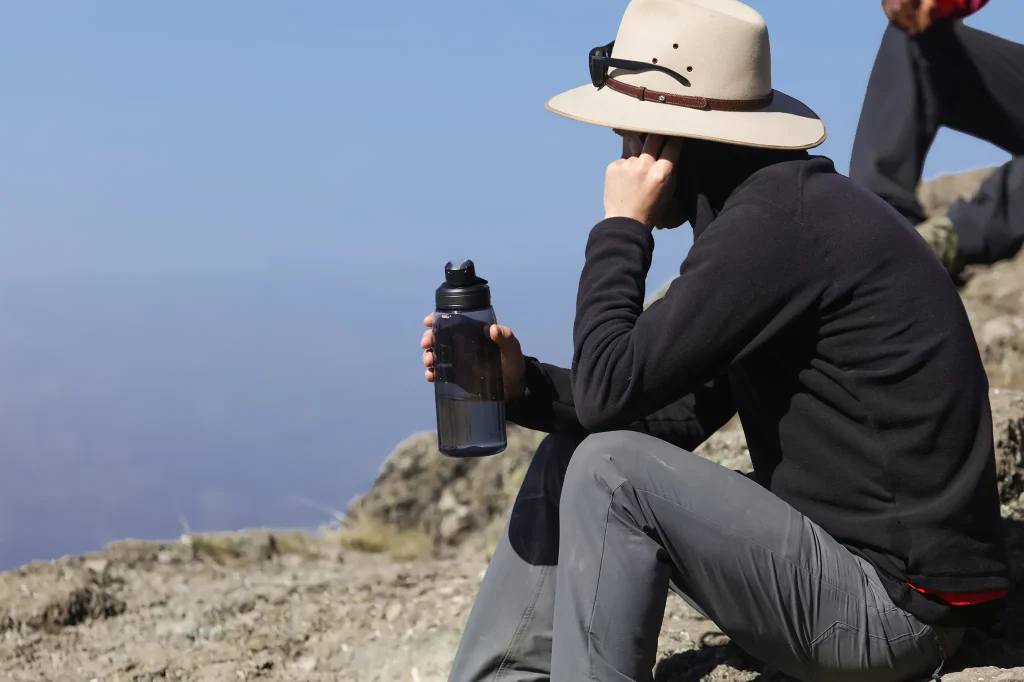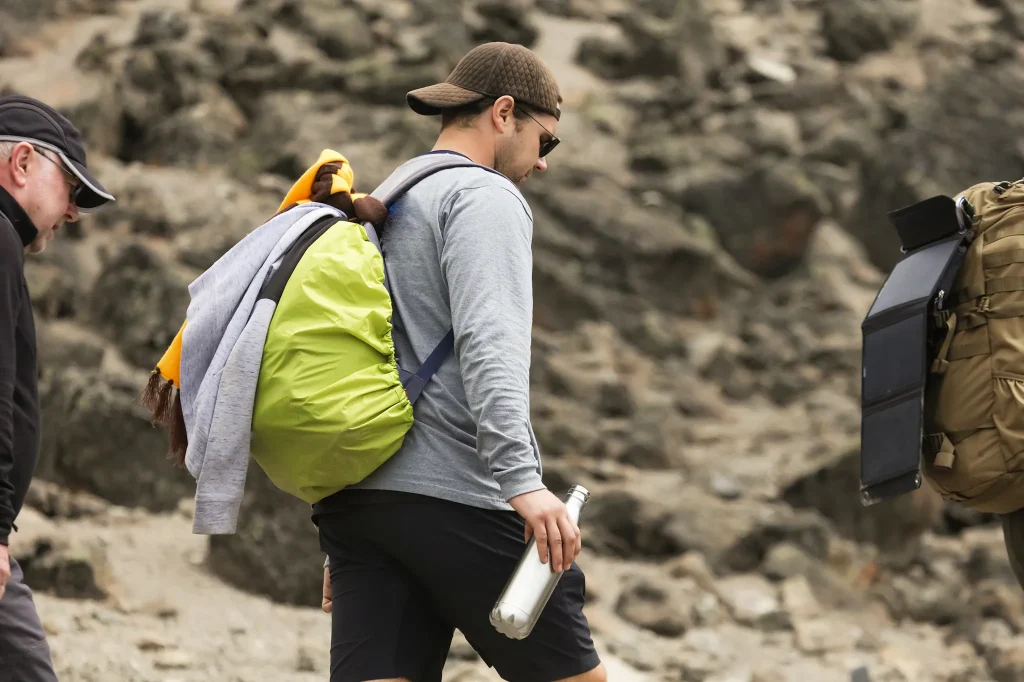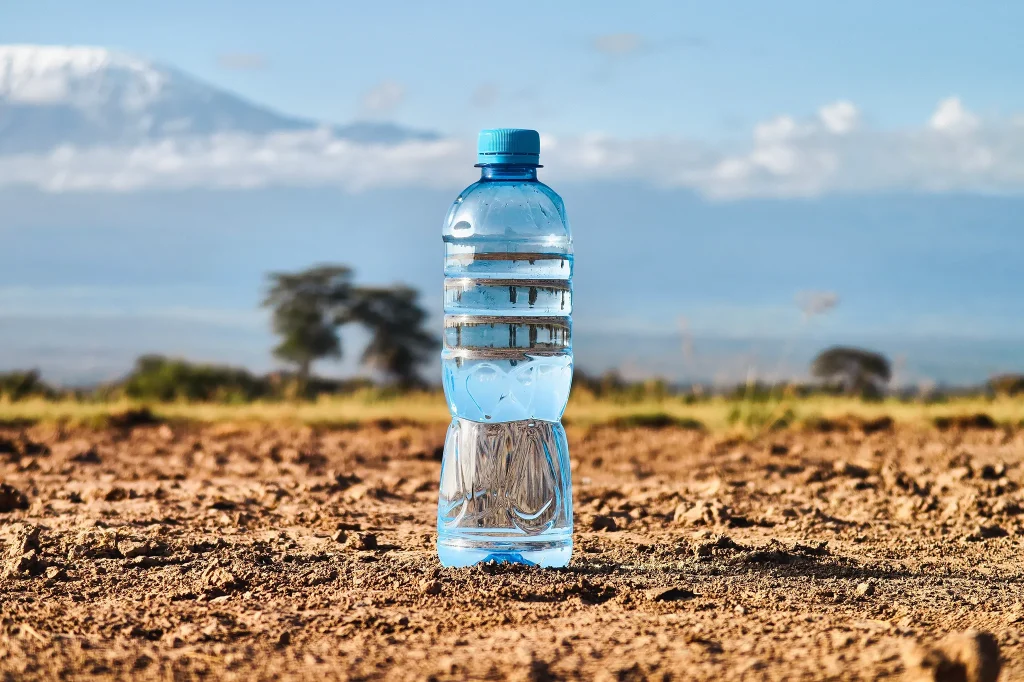The time it takes to experience Serengeti Safari Tour depends on what you’re after. To truly soak in the beauty, witness the Great Migration, and explore different zones, you’d want at least 4 to 5 days. This duration lets you balance game drives, relaxation, and enjoy diverse landscapes.
Remember, it’s not just about the clock; it’s about enjoying every moment of the Serengeti Safari Tour. So, forget about schedules and join us as we explore the wild side of Tanzania Safari Tours, where each moment becomes a chapter in your own safari tale.
Understanding the Immensity of Serengeti: Size Matters
The Serengeti, spanning a staggering 30,000 square kilometers, demands time and patience. To grasp the expanse of this natural wonder, one must immerse themselves in its diverse ecosystems.
- From the endless plains to the wooded savannahs, each pocket of the Serengeti has its own story to tell.
- Moreover, one cannot rush the Serengeti Safari Experience. The park is home to the famous “Big Five” – lions, elephants, buffalo, leopards, and rhinoceros.
These majestic creatures, along with countless other species, roam freely across the plains.
Wise Advice: For the Great Migration, plan your visit during the dry season from June to September. The wildebeests typically move in a clockwise direction, making it easier to catch this natural drama in specific areas.
Ideal Duration for a Serengeti Safari
Now, let’s address the pressing question: How long should you spend in the Serengeti to absorb its beauty fully? The answer depends on your priorities, interests, and the experiences you seek.
- However, a well-rounded Serengeti Safari Tour is best enjoyed over a minimum of 4 to 5 days.
- This duration allows you to explore different regions, and witness a variety of Animals of Serengeti as well.
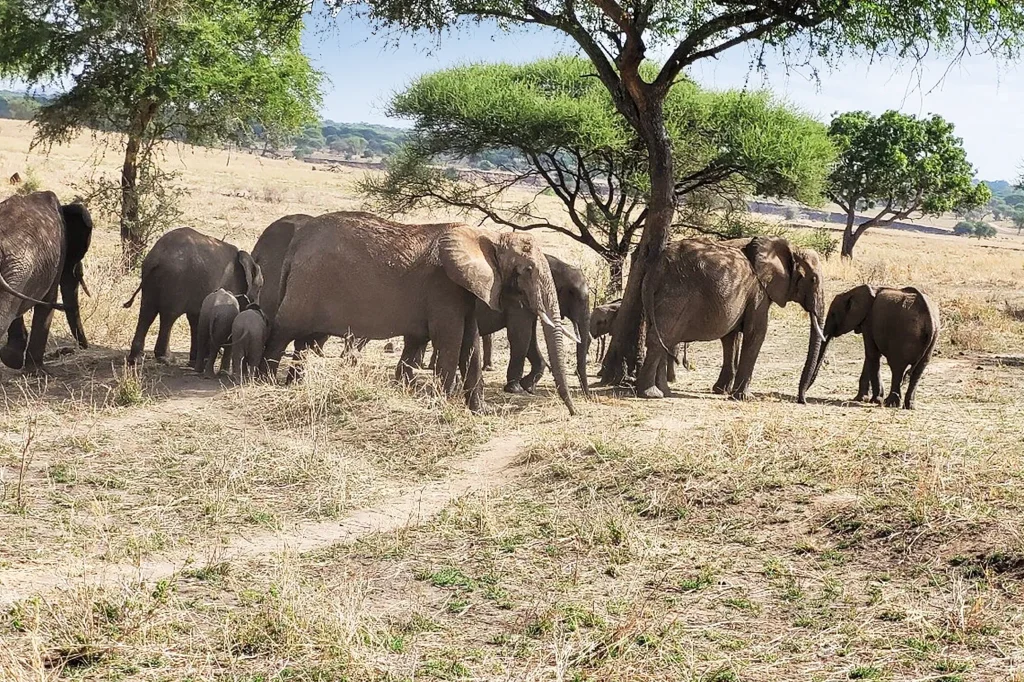
The Impact of Seasons
The Serengeti experiences distinct seasons, and each one brings its own charm and challenges. Deciding When To Visit Serengeti depends on your priorities – whether you prefer lush landscapes, optimal wildlife viewing, or a quieter experience.
- The dry season (June to September) is the Best Time To Visit Serengeti for wildlife spotting as animals gather around water sources.
- The wet season (November to May) showcases a green Serengeti with migratory birds and new-born animals.
Exploring Different Zones
The Serengeti is divided into different zones, each offering a unique ecosystem and wildlife experience. Understanding these zones will help you tailor your Serengeti Vacation to match your preferences.
Central Serengeti – The Heart of Wilderness:
The central region, Seronera is often referred to as the “Serengeti’s heartbeat”. Spend the initial days exploring this area, characterized by open grasslands and a high density of wildlife.
Northern Serengeti – Witnessing the Great Migration:
Venture north to witness the Great Wildebeest Migration, one of nature’s grandest spectacle. The Mara River becomes a stage for dramatic river crossings, as wildebeest and zebras brave the currents and crocodiles.
Western Serengeti – A Hidden Gem:
The Western Corridor is a hidden gem, less frequented but equally captivating. The Grumeti River hosts thrilling river crossings during the migration, and the landscape varies from open plains to dense woodlands.
Balancing Game Drives and Relaxation
While Game Drives In Serengeti are the highlight of any Serengeti safari, it’s essential to strike a balance.
- Spending every moment in a vehicle might lead to fatigue, missing the opportunity to soak in the surroundings and relax.
- Plan a mix of morning and evening game drives with some downtime at your chosen accommodation. This approach ensures you experience the best of both worlds.
Accommodation Choices
Choosing the right Serengeti Accommodation is necessary in enhancing your safari experience.
- From luxury lodges to mobile camps, the park offers a range of options catering to different preferences and budgets.
- Consider staying in mobile camps during the Great Migration Serengeti. These camps move with the herds, offering a front-row seat to the action.
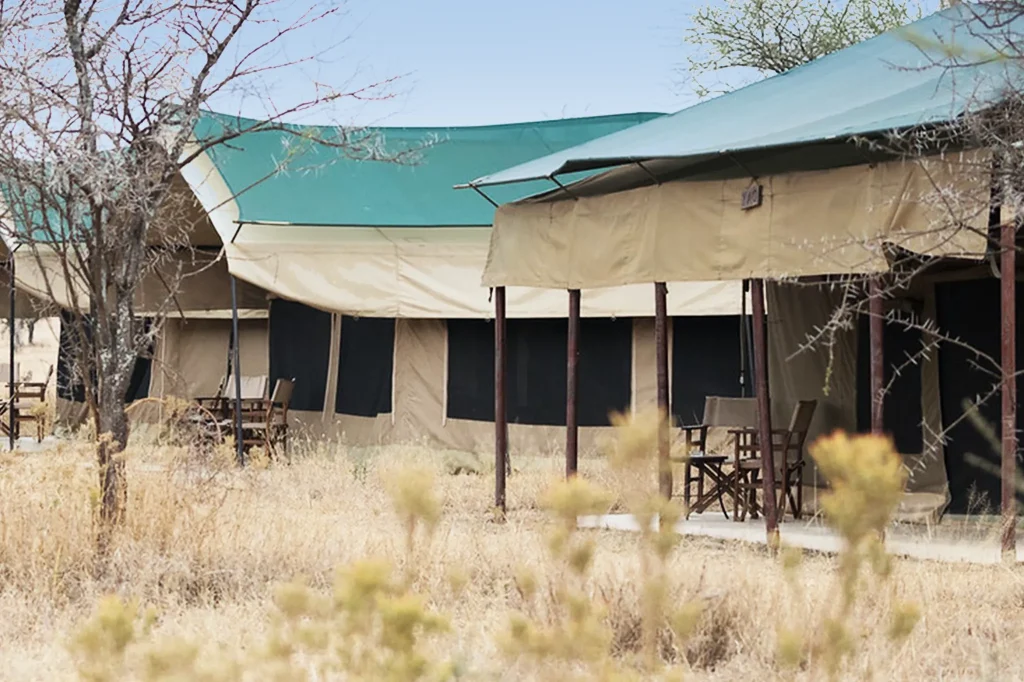
Practical Considerations: Time in Transit
Getting to Serengeti National Park involves some travel time, whether by road or air. Considering these transit times is essential when planning the duration of your stay.
- If time is a constraint, flying into the Serengeti can save you precious hours. There are several airstrips within the park, providing convenient access to different regions.
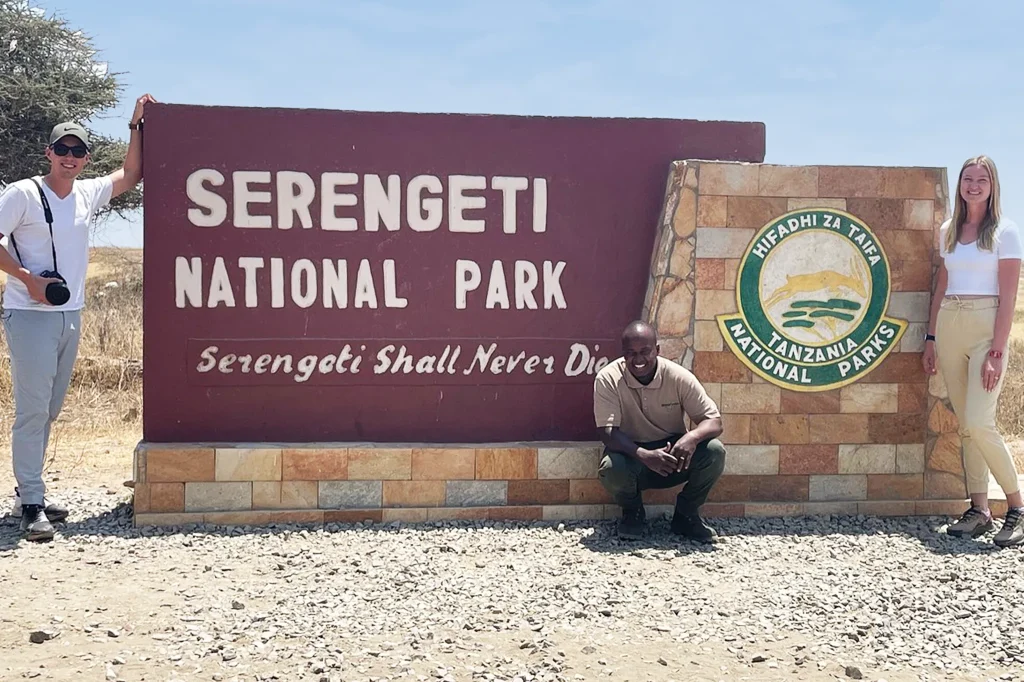
Discover Serengeti’s Beauty: Embrace Nature at Your Own Pace
The bottom line is the Serengeti is a massive playground of wildlife wonders, where nature dances to its own rhythm. To really soak it all in, you’ve got to plan your visit smartly.
Consider rolling with African Scenic Safaris. We know our stuff, ensuring your Serengeti Safari is smooth, real, and unforgettable. And, as you plan your Tanzania Safari Packages to this iconic destination, consider the tips we’ve shared. Remember, the Serengeti is an experience that requires a thoughtful approach to time and activities.
Furthermore, you can visit Serengeti National Park during the dry season and witness the magic of wildlife first hand. With us, you can experience the vast plains of Serengeti and the great migration during your visit.


